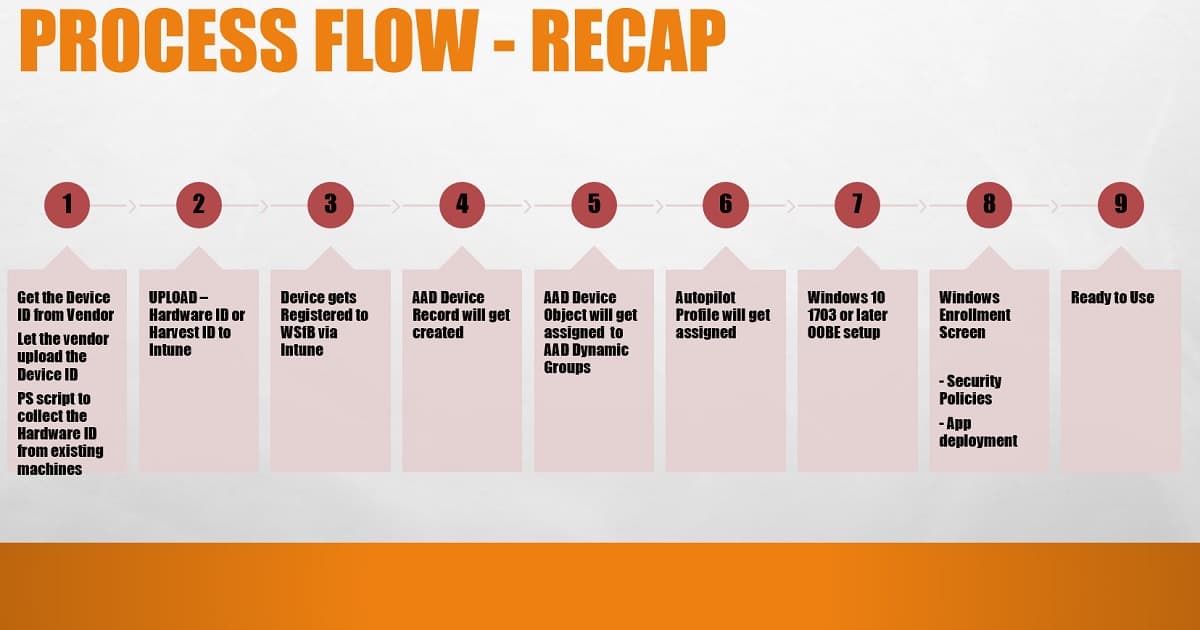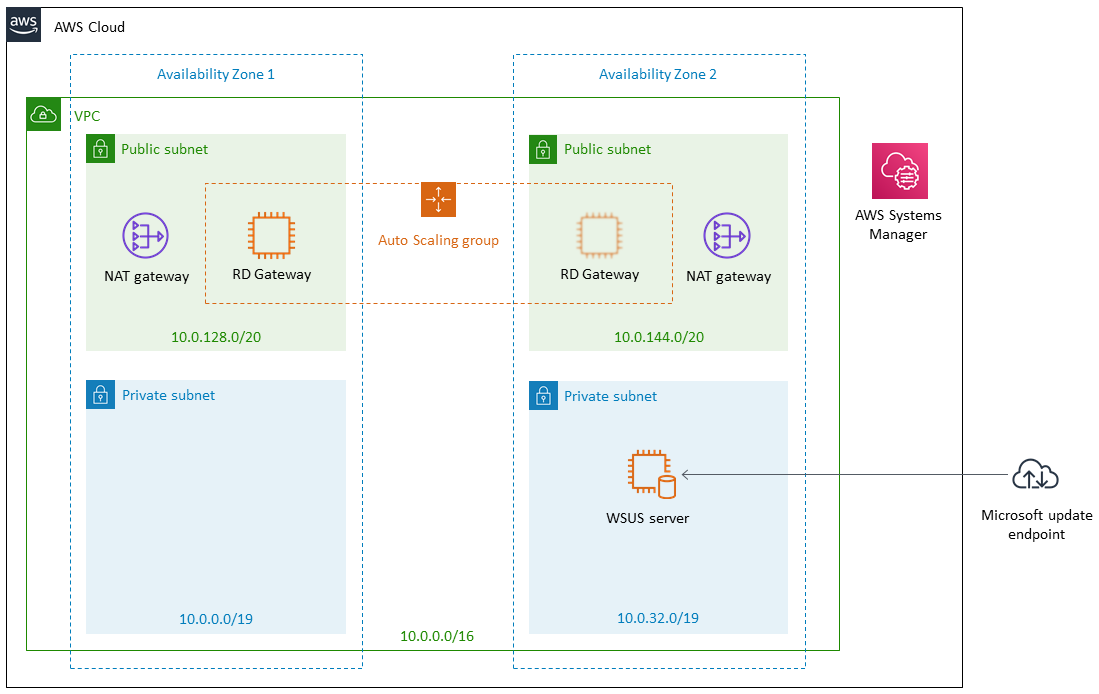
- Windows 10 deployment guide how to#
- Windows 10 deployment guide install#
- Windows 10 deployment guide upgrade#
- Windows 10 deployment guide download#
- Windows 10 deployment guide windows#
Note: If you have used a different file name from cluster.yml, then the kube config file will be named kube_config_.yml. As part of the Kubernetes creation process, a kubeconfig file has been created and written at kube_config_cluster.yml, which can be used to start interacting with your Kubernetes cluster.

The last line should read Finished building Kubernetes cluster successfully to indicate that your cluster is ready to use. INFO Finished building Kubernetes cluster successfully This command assumes the cluster.yml file is in the same directory as where you are running the command. Deploying Kubernetes with RKEĪfter you’ve created your cluster.yml, you can deploy your cluster with a simple command. After the Kubernetes cluster is deployed, you can manage these auto-generated certificates. Certificatesīy default, Kubernetes clusters require certificates and RKE auto-generates the certificates for all cluster components. To create an HA cluster, specify more than one host with role controlplane. RKE will deploy master components on all of these nodes and the kubelets are configured to connect to 127.0.0.1:6443 by default which is the address of nginx-proxy service that proxy requests to all master nodes. RKE is HA ready, you can specify more than one controlplane node in the cluster.yml file. Instead of creating a file, you can print the generated configuration to stdout using the -print flag. You can create an empty template cluster.yml file by specifying the -empty flag. See cluster configuration options for details on the various options. This command will prompt you for all the information needed to build a cluster. Run rke config to create a new cluster.yml in the current directory. Using rke config to query for all the information needed.Using our minimal cluster.yml and updating it based on the node that you will be using.There are two easy ways to create a cluster.yml: In our example, we will be assuming the minimum of one node for your Kubernetes cluster. There are many configuration options that can be set in the cluster.yml.
Windows 10 deployment guide how to#
RKE uses a cluster configuration file, referred to as cluster.yml to determine what nodes will be in the cluster and how to deploy Kubernetes. Review the OS requirements and configure each node appropriately.
Windows 10 deployment guide install#
You can use any Linux you want, as long as you can install Docker on it.įor information on which Docker versions were tested with your version of RKE, refer to the terms of service for installing Rancher on RKE. The Kubernetes cluster components are launched using Docker on a Linux distro. Prepare the Nodes for the Kubernetes cluster
Windows 10 deployment guide upgrade#
If you have already installed RKE using port, you can upgrade RKE by running: $ port upgrade rke Using port, install RKE by running the following command in a Terminal window: $ port install rke RKE can also be installed and updated using MacPorts, a package manager for macOS. If you have already installed RKE using brew, you can upgrade RKE by running: $ brew upgrade rke Using brew, install RKE by running the following command in a Terminal window: $ brew install rke RKE can also be installed and updated using Homebrew, a package manager for macOS. $ chmod +x rkeĬonfirm that RKE is now executable by running the following command: $ rke -version Skip to Prepare the Nodes for the Kubernetes Cluster. Open Terminal, change directory to the location of the RKE binary, and then run one of the commands below. Make the RKE binary that you just downloaded executable.
Windows 10 deployment guide windows#
Windows 10 deployment guide download#
You can click on the release notes link to go straight to that release or manually navigate to our RKE Releases page and download the latest available RKE installer applicable to your operating system and architecture:īe aware that the release that is marked as Latest release on GitHub release page might not be the actual latest available release of RKE.



 0 kommentar(er)
0 kommentar(er)
